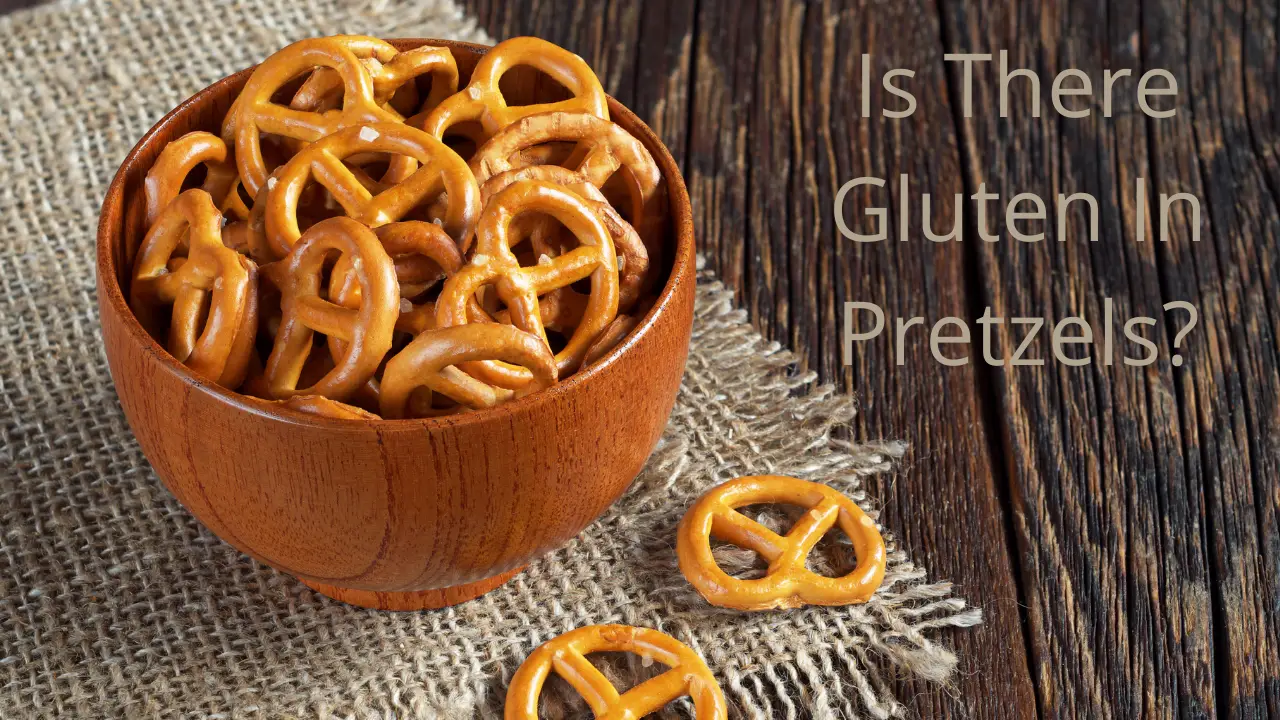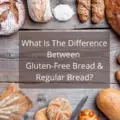Pretzels are one of the most favorite snack items in America and Germany. They're equally appealing to both savory and sweet lovers because of the wide range of toppings and dips. Not to mention, they're handy for when you need to grab a pack of snacks while heading out.
Are they necessarily the healthiest snacks? No. But it doesn't hurt eating them every once in a while when you have a craving. Gluten-free dieters need to eat only gluten-free foods, including snacks. So, what can you do when you are craving a snack such as pretzels, but you can't take the chance of getting “glutened?” Here's your guide to gluten in pretzels.
Gluten and Gluten-Free Diet- A Recap
Wheat, barley, rye, and spelt contain a protein called gluten. Gluten itself, as it's a protein, is beneficial in maintaining the body's internal systems. It assists in numerous functions that keep the body healthy.
Without the intake of proteins such as gluten, our bodies will not be able to function normally. Also, lack of protein results in many physical conditions, e.g., malnutrition, anemia, weakened immune system, etc.

In some cases, a person's body cannot digest gluten adequately. This condition is known as gluten intolerance, which is further divided into celiac disease and non-celiac sensitivity. The autoimmune disease where the body's immune system recognizes gluten particles and starts to attack gliadin, i.e., the protein component in gluten, is called Celiac disease.
In return, this response damages the intestinal tract, the digestive system, and other interrelated systems of the body. Alternatively, gluten sensitivity is when an individual's body is sensitive to gluten. The difference is that this is not an autoimmune disease but still affects the digestive system and causes various symptoms.
The only known treatment for these conditions is a gluten-free diet. The patient eliminates all forms of apparent and hidden gluten from their diet to relieve their symptoms. All gluten-based grains and their byproducts are strictly prohibited on a diet.
What Are Pretzels?
These baked goods are dough twisted in the form of a knot. The ingredients used for the dough are flour, water, salt, yeast, and sugar. The ingredients are mixed to form a dough and then shaped into two-looped knots.
These knots are placed into an alkaline bath for about 30 seconds and then baked in the oven. The alkaline bath mixture gives the pretzels a chewy texture on the inside. This thin dough and alkaline bath combination are what give pretzels that pretzel-like taste and texture.
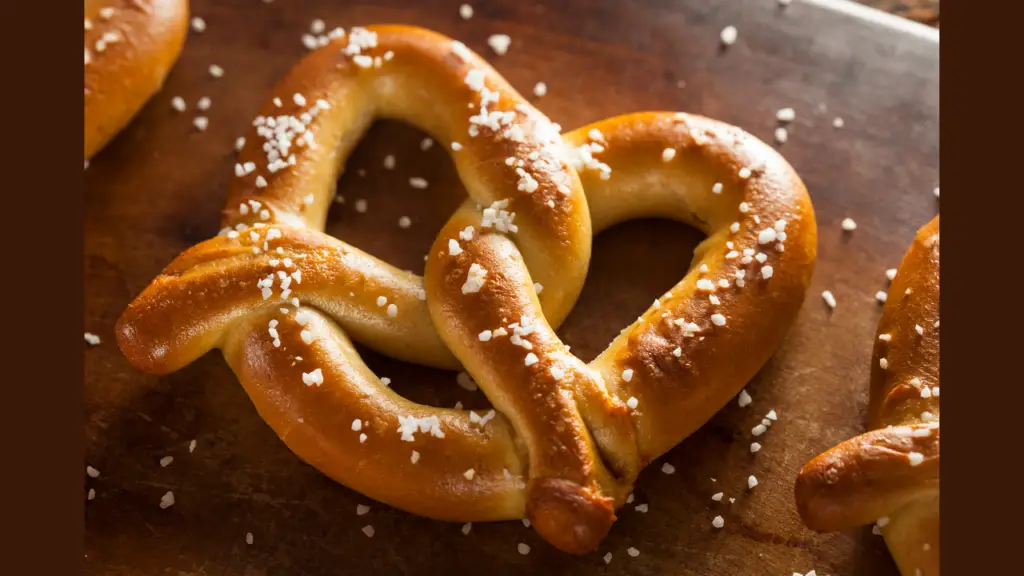
Pretzels are crispy on the outside, chewy on the inside, with that beautiful glossy brown surface. All in all, they're the perfect snack that'll make your tastebuds thank you!
There are primarily two types of pretzels in the market- soft pretzels and hard pretzels. As their names suggest, soft pretzels are chewier and bouncy in texture, while the latter are crunchier and crispier.
Soft pretzels also come in a variety of fillings inside the pretzels. Meanwhile, hard pretzels are usually coated with butter, salt, sauces, mustard, and chocolate. Or another favorite is peanut butter stuffed pretzels.
Interesting Facts on Pretzels
Studies show that 181 million Americans reported eating pretzels in 2020. An average American consumes 2 pounds annually. Meanwhile, the highest consumption record goes to Philadelphians, who consume 12 pounds per year!
There's even a Guinness World Record based on the largest pretzel ever made by Industrias La Constancia. The dimensions of this monumental pretzel were 29.3′ x 13.32′ and 1,726 pounds.
History of Pretzels
The pretzel manufacturing industry is one of the fastest-growing snack foods globally, not just in America. However, many are still unfamiliar with the origins of this delicious snack and how it came to the U.S.

The true origin of this snack remains unknown to this date. The accurate history of pretzels dates back to the time when Germans were huge pretzels fans. They ate them for breakfast, lunch, dinner, and anytime they'd had a sudden craving in between.
Some say the origin dates back to 610 A.D. The story goes that an Italian monk shaped the dough in the form of children praying with their arms folded. Others state that the shape comes from the Christian concept of the Trinity, i.e., the Father, the Son, and the Holy Spirit. The name, too, has a similar history of being derived from the Latin term “bracellae,” meaning little arms.
The pretzel craze expanded throughout Europe during the Middle Age. Once the Germans discovered their genuine love for pretzels, they then carried the trend to the U.S. Germans entered the U.S. in the 1700s and mainly resided in Pennsylvania.
From then onwards, soft pretzels in the 1800s became an American favorite, and it went upwards from there. As with all foods industrialized, the popularity of pretzels brought the concept of hard pretzels. At first, a Pennsylvanian baker accidentally fell asleep and overbaked the soft pretzels. The baker then saw that these pretzels had a crunchier effect and tasted delicious.
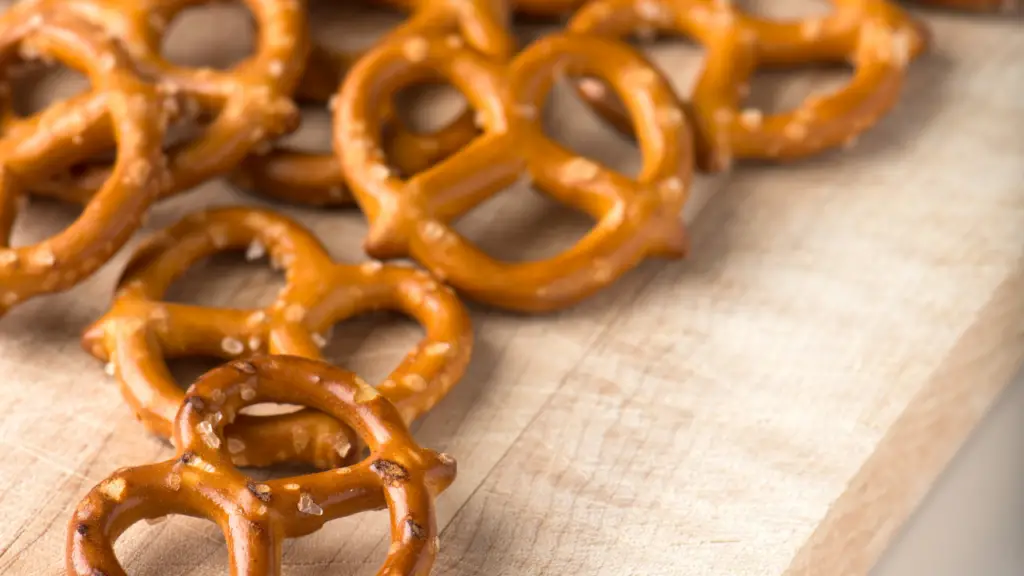
Next, American companies started making these hard pretzels with less water and brittle texture for a longer shelf-life. And thus, came the pretzels you see in grocery store aisles today.
Are Pretzels Gluten-Free?
Pretzels contain gluten; that's obvious. They're one of the biggest culprits in the gluten-based foods list. But which ingredient is the real troublemaker? The primary ingredients required for making a pretzel are flour, yeast, water, shortening, and sugar.
Typically, the flour used in a pretzel recipe is called soft wheat flour. The wheat used in this flour is primarily the source of contamination. Gluten is present in the 9% protein content of this flour, which is harmful to celiac patients. The flour constitutes about 65-70 percent of the entire recipe. As a result, this makes it the most significant component in making the dough for pretzels.
Knowing which ingredient is why you've to avoid a particular food item helps make a gluten-free substitute. However, even with gluten-free ingredients, there's still the risk of cross-contamination. Making pretzels with gluten-free ingredients and kitchenware can relieve the worry of accidental gluten consumption.

But if you buy pretzels from a specific brand, choosing the one that only has gluten-free ingredients isn't enough. Gluten-free products have to be made in a clean environment with separate cooking utensils. Mixing up kitchen utensils, even if the recipe is gluten-free, can cause cross-contamination.
And in susceptible patients, this is enough to trigger the symptoms. For this particular reason, many brands avoid using the label “gluten-free” even though all their ingredients are naturally devoid of gluten.
Gluten-free pretzels are not an impossible feat. All you've to do is replace the flour for one without gluten in it. And the options for whole grain flour without gluten aren't anywhere near limited. Secondly, without gluten, the recipe will call for a binding agent. Gluten provides elasticity to the dough, which helps in making the knotted shape later on. Gluten-free binders include xanthan gum, psyllium husk, chia seeds, eggs, etc.
Gluten-Free Pretzel Brands
As long as a brand doesn't use the “gluten-free” label on its products, it's not safe to consume. Here are some gluten-free pretzel brands that are readily available in the U.S.:

Snyder's:
When it comes to gluten-free pretzels, Snyder's are the number one recommendation by many experts and customers. Substituting the contaminated ingredients with gluten-free ones doesn't stop them from having a delicious taste and just the right texture.
Their gluten-free pretzels are made with top-notch ingredients, without any trace of egg, dairy, or milk. In addition to being gluten-free, Snyder's Gluten-free Pretzel sticks are also dairy-free, egg-free, and peanut-free.
Glutino:
Glutino is one of the few companies that make and sell gluten-free products only. Their devotion and dedication to their gluten-free customers have earned them unmatched love and appreciation. They are renowned for having various flavors, such as chocolate-covered and yogurt-covered.
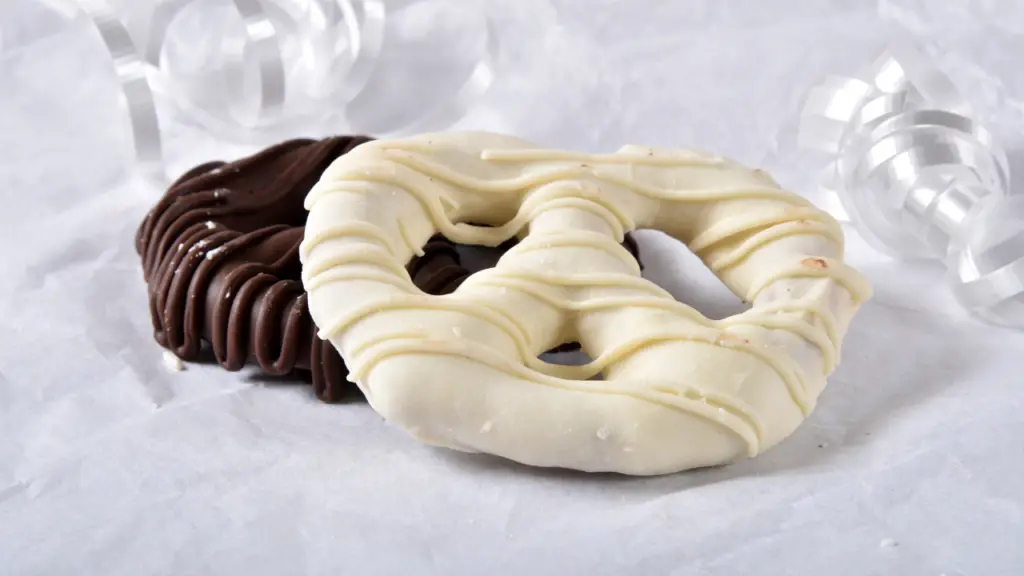
Snack Factory:
Keep your eye out for a gluten-free Snack Factory pretzel as they're a tasty treat. Although their per ounce price is pretty high because of the small packaging, the perfectly salted, satisfying, hearty crunch is definitely, worth it. Their recipes also adhere to the strict Kosher guidelines.
Gratify:
If you've to mark one brand as an expert for making gluten-free pretzels, it has got to be Gratify. With a cracker-like texture, Gratify's gluten-free pretzels are available in different flavors. The plain, everything bagel, and sesame seed go great with cheddar cheese.
Tonya's Gluten-free Kitchen:
This brand has an exquisite collection of gluten-free pretzels. Each of their gluten-free products is made in a separate kitchen dedicated solely to creating and baking gluten-free products. Because of these precautions, GFCO has certified them as gluten-free.
These frozen pretzels are easily accessible across the U.S. Their pretzel-shaped original flavor is also available in pieces. Still, the cinnamon sugar pretzels are in a league of their own.
Should You Eat Pretzels?
Well, these snacks are considered “junk” food, so they're not the healthiest choice out there. Many people assume that the lower the fats, the healthier a food is. And since pretzels contain an almost nonexistent quantity of fats, they should be as healthy as a snack can be.
Unfortunately, that's not the case. They are great for calorie-conscious individuals because of their low-calorie content. But that's about it for the benefits of pretzels. Otherwise, they have high amounts of refined carbohydrates and sodium. Plus, they offer no nutritional value to your body.

It isn't to say that you should go on a complete pretzel ban. Eating pretzels occasionally won't cause excessive harm to your body and may satisfy those snack cravings. But, in saying that, you shouldn't add them to your daily diet.
Besides the necessity for gluten-free pretzels for gluten intolerant individuals, choose healthier pretzel brands. For instance, whole-grain pretzels, unlike refined flour pretzels, are better for your body.
Similarly, you can reduce the excessive sodium intake from pretzels by eating the unsalted type. You can always make a healthy, homemade version to munch on them occasionally.
Final Thoughts
Devouring pretzels every other day can seem tempting, especially when they taste so good. We, and experts, would suggest that you refrain from doing so and go for healthier snacks like nuts.
But sometimes, you would love to eat pretzels and only pretzels. In those times, buy gluten-free pretzels and keep an eye on your intake.
The owner of this website, HealthYeahLife.com is a participant in the Amazon Services LLC Associates Program, an affiliate advertising program designed to provide a means for sites to earn advertising fees by advertising and linking HealthYeahLife.com Review to Amazon properties including, but not limited to, amazon.com.

